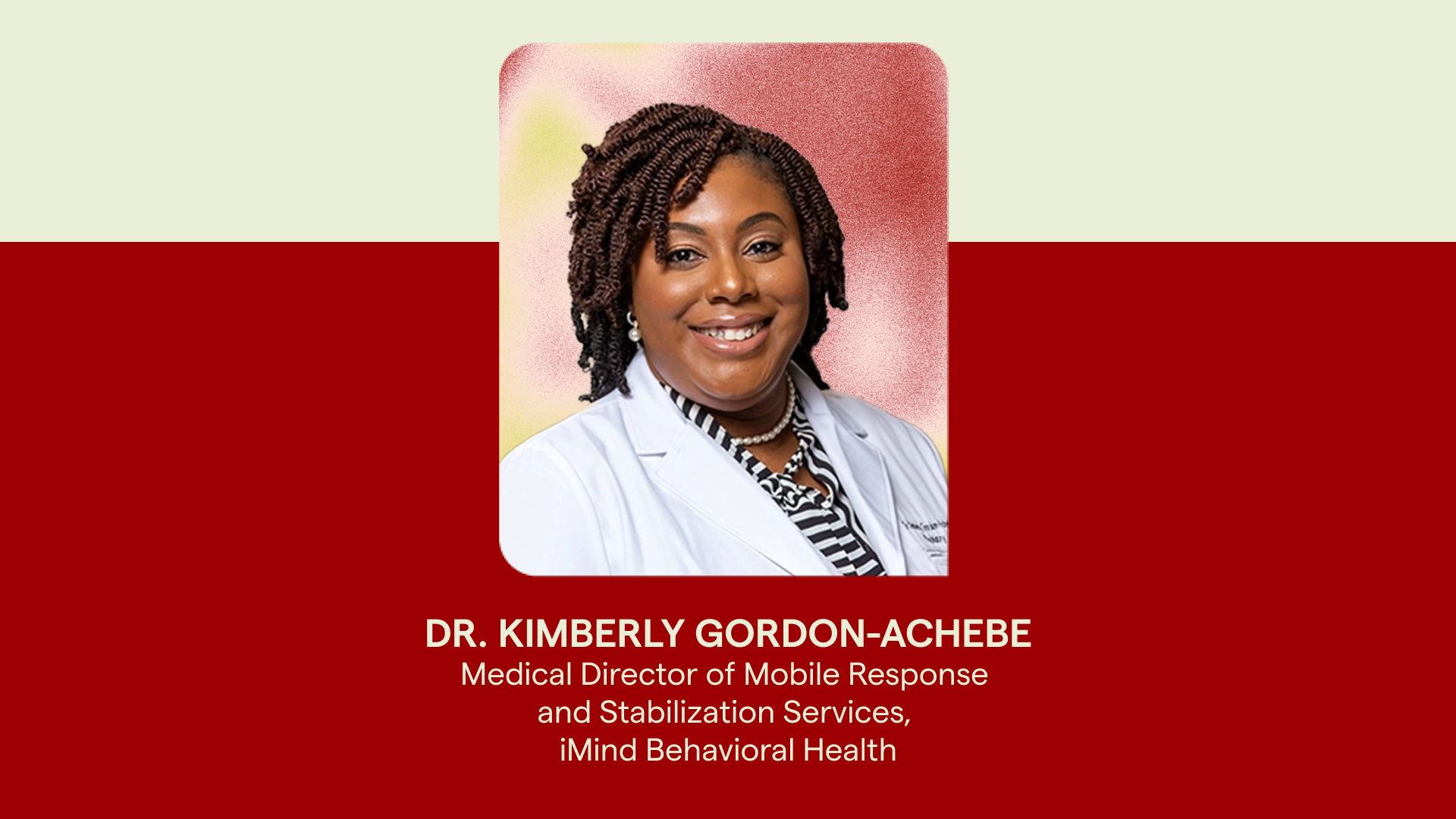
In February of last year, we released an article titled CalAIM, Value-Based Care, and the importance of MBC in California. The piece was in response to this VBP blog, announcing that the California Department of Health Care Services (DHCS) had received approval of a five-year extension to its Medicaid managed care section 1915(b) waiver, known as California Advancing and Innovating Medi-Cal (CalAIM).
Since the announcement, the push to meeting CalAIM requirements has become more topical and higher priority for providers and people accessing behavioral health care services in California. Though the goals of CalAIM remain the same, there are many newer requirements that will have a greater impact on the industry as a whole. That’s why we decided to provide a follow up to our initial CalAIM article, outlining what’s new for CalAIM and what’s on the horizon for California organizations.
Let’s start with a refresher on CalAIM.
CalAIM is a comprehensive plan and commitment to revolutionize Medicaid in California. The goal is to provide residents with more equitable, whole person care that prioritizes prevention and incorporates social determinants of health (SDoH), in order to transition into an effective population health approach to improve service quality. Since Medi-Cal recipients are often struggling with more complex health and social needs—often a combination of mental health conditions, homelessness, substance use, and more—the state recognized the need for a more integrated and standardized care system that can better serve vulnerable populations. The ideal state of Medi-Cal is a “seamless and streamlined healthcare system” that can better serve all Californians. The program outlines three major areas of focus to help achieve this goal:
- Identify and manage comprehensive needs through whole person care approaches and social drivers of health.
- Improve quality outcomes, reduce health disparities, and transform the delivery system through value‑based initiatives, care modernization, and payment reform.
- Make Medi-Cal a more consistent and seamless system for enrolees to navigate by reducing complexity, and increasing flexibility.
What Has CalAIM Accomplished So Far?
Since launching in January of 2022, the program has successfully transferred tens of thousands of people to Medi-Cal from the previous Medicaid programs offered in California. This set the stage for a number of other major milestones to date, including:
- Launch of the Enhanced Care Management benefit, which provides intensive care coordination to the highest-need individuals by meeting them where they are and bringing care directly to them, whether it’s on the street, in a shelter, in the doctor’s office, or at home.
- Introduction of managed care plans with extended community supports, like community transition services, asthma remediation, medically tailored meals, and more. More information on this here.
- Launch of the No Wrong Door policy, which allows Medi-Cal patients to receive mental health care without delay, no matter where they access these services, and reimburses providers accordingly.
- Implementation of Screening and Transition of Care tools for Medi-Cal mental health services, in order to ensure consistency of referrals to county mental health plan networks (which provide Specialty Mental Health Services to individuals with severe needs) versus managed care networks (which are for moderate cases of mental health needs). The tools will facilitate a smoother transition for individuals in care who require additional mental health services.
- A new policy which allows inmates to enroll for Medi-Cal up to 90 days before release, meaning incarcerated people with complex health issues can begin the assessment and treatment process before release. This will help eliminate the long waiting period for health services that they often face after release, which will ultimately improve care and reduce costly emergency room visits.
- Starting at the beginning of 2023, managed care plans were required to action the Population Health Management program. This supports CalAIMs goals to better understand SDoH’s in order to improve identification and management of comprehensive health needs. Using claims data, EHR records, and standardized assessments, this program will help identify the health risks of each person seeking care. In doing so, providers can determine who needs additional support, allowing them to meet individuals where they are and ensure they’re accessing the basic preventative services they may need.
What’s Next for CalAIM? Value-Based Care
There are still several initiatives and requirements being rolled out under CalAIM in an effort to better engage Medi-Cal members and improve service offerings and effectiveness. One important change that will initiate a larger shift within CalAIM and the overall state, is the move to value-based care.
CalAIM is already leveraging a shared savings/shared risk model in their approach to providing comprehensive, value-based care (VBC). The shared savings model incentivizes providers by offering them a portion of net savings achieved by reducing healthcare costs for a specific population, where quality care has been demonstrated. The shared financial risk occurs between providers and payors, which has been shown to increase care quality and reduce overall costs. By combining long-term care, enhanced care management, and related community supports under a shared savings/shared risk model, providers are incentivized to offer services that more effectively treat both the health and social challenges of Medi-Cal recipients.
The Behavioral Health Payment Reform will be implemented starting July 1st, 2023, which involves a significant shift to value-based payments. The plan is for this transition is to help eliminate administrative burden and delays caused by a complex reimbursement system and, by ending cost-based reimbursements and simplifying payments within each county’s behavioral health program, open the door to improvement and innovation around value-based payments moving forward (to access the CalAIM references and manuals that will become effective July 1st, visit this DHCS page).
The Role of Data
With the move towards value-based payments under CalAIM and the 2024 deadline for the exchange of data and health information across health care systems and social service agencies in the state, there is a clear and growing focus on evidence-based treatment and data across California behavioral health services. In order to effectively implement any type of value-based care model, whether it be shared risk/shared savings or otherwise, there needs to be a standardized, evidence-based model in place to measure and share service outcomes — like Measurement-Based Care (MBC). Considering the continued expansion of CalAIM programs and requirements, it’s more important than ever to measure the impact of services. Without a MBC implementation at the heart of the care process, it’s very difficult to know and report on cost reductions that have occurred due to quality services. An MBC system like Greenspace will also seamlessly integrate with your EHR, meaning it can be easily adopted into your organizations workflow and can facilitate the automated collection of Patient Reported Outcome Measures (PROMs). This ultimately helps empower collaboration across coordinated care teams and improves clinical outcomes. To learn more about the VBC to MBC connection, and how to future proof yourself for big changes to payment models and service delivery, check out our last article.
Interested in hearing more about Measurement-Based Care or value-based care in California, head to greenspacehealth.com to book a call with a MBC implementation expert, or reach out anytime at info@greenspacehealth.com.












